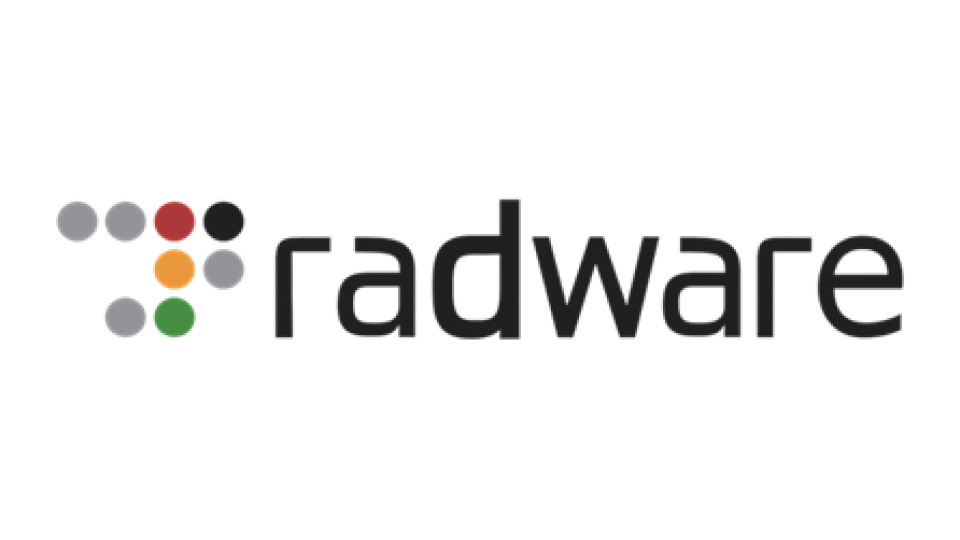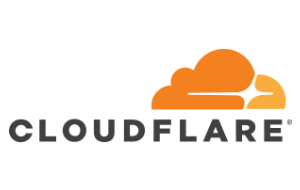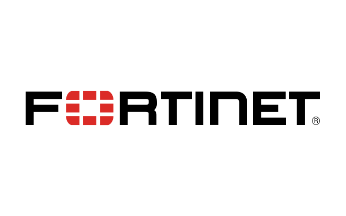FAQs
What Is A Web Application Firewall?
A web application firewall (WAF) is a security tool that helps to protect web applications and safeguard data through analyzing, monitoring, and filtering all HTTP traffic between web applications and the internet. A WAF solution sits between the internet and your organization’s web server to scan all inbound traffic for threat identification and filtering.
Some web application firewalls are also able to scan outbound traffic to deliver data loss prevention capabilities and insider threat mitigation. Web application firewalls are effective at identifying, filtering, and preventing web-borne threats, such as SQL injections, cross-site forgery, and cross-site scripting, as well as other cyber attacks.
How Does A Web Application Firewall Work?
WAF solutions work as a sort of reverse-proxy; they protect a server from threats by ensuring that all traffic has passed through the firewall filter before being granted access to the server. A firewall acts as a semi-permeable Shield between the internet and the application; only safe traffic is allowed through.
Like with most firewalls, web application firewalls will block content based on a set of preconfigured rules and policies. Most firewall solutions allow you to specify and configure policies and rulesets for your organization, giving you control over what your firewall blocks. These policies should be robust and versatile enough to block new, zero day threats.
WAF solutions tend to use block and allowlists to quickly categorise traffic. Blocklist protect against known attacks and restrict access to unknown traffic. Allowlists only admit traffic from known, trusted users. This limits the number of sources that have access to your network, thereby decreasing the chances for your network to be compromised.
Cloud-based, Network-based, And Host-Based WAF Solutions
There are three main types of web application firewalls: cloud-, network-, and host-based WAF solutions.
- Cloud-based WAFs are cloud-native firewall solutions that can be managed by third-parties and are easy to install and manage. They often come with a turnkey installation that can help to redirect traffic.
- Network-based solutions are often hardware firewalls and will have to be installed manually. As they are locally installed, there is often minimal latency but can generally be expensive to purchase and onboard. They will also require ongoing maintenance and management.
- Host-based WAF solutions can be integrated into a company’s existing application software and can be highly customized. However, they tend to put a strain on local server resources and still require a learning curve and dedication to maintaining and running the solution.
Top Features To Look For In A Web Application Firewall
- Data loss prevention: While web application firewalls ensure that unknown or malicious content cannot breach the network, some solutions go one step further by implementing data loss exfiltration capabilities to ensure that sensitive information and data doesn’t leave your network. Thus protecting your data and your organization.
- Advanced API discovery: APIs allow admins to manage risks from new or previously unknown APIs. This extends visibility and, by extension, your solution’s capabilities.
- DDoS protection: DDoS attacks can quickly overwhelm your servers, making them difficult to remediate. Some WAF solutions are designed to respond to DDoS attacks effectively.
- Customizable dashboards: Admins should be able to customize dashboards with a granular level of precsision to tailor the solution to their business’ needs. This helps them to quickly and more effectively investigate vulnerabilities and triage attacks.
- Real-time alerts and reporting: When it comes to defending your network and applications, having a finger on the buzzer helps teams to respond to and mitigate threats faster. Having a WAF solution that provides fast, real-time alerts and updates into network activity is critical. Reporting should also be accurate and specific for analysis and auditing purposes.
What Is The OSI Model?
Web application firewalls operate at layer 7 in a network–the application layer. But what does that mean?
The Open Systems Interconnection (OSI) model details the seven layers that computer systems use to communicate. Conceptually, it splits up communication into seven layers to better understand how endpoints interact with each other. Its main purpose is to provide people with a sense of how traffic flows around a network.
- Physical layer: This refers to the physical cables or wireless connection between network nodes. This part is responsible for the transmission of raw data.
- Data link layer: This layer can establish, as well as terminate, a connection between two connected nodes on a network. It can break up packets into smaller pieces and send them to their destination.
- Network Layer: The network layer is where network firewalls operate. The network layer can break up information into network packets before recreating the packets back into a message once it arrives at its destination. It can also route packets by figuring out the best path across the network for these packets to take.
- Transport Layer: This layer takes data transferred in the session layer (5) and breaks it into smaller segments before it’s transmitted. It can also rebuild the segments once received, turning it into data that can be used at the session layer.
- Session Layer: This layer creates communication channels (called sessions) between devices.
- Presentation Layer: This layer will prepare data for the application layer by defining how data should be handled and compressed so it can be received correctly at its destination.
- Application Layer: This layer is used by end-user software and endpoint devices, such as email clients, web applications, and web browsers–and those that use them. It can provide protocols that enable software to send and receive information and can visualize and present data to users. It is this layer in which WAF operates and provides security. As WAF only operates at this layer, it cannot defend against all types of attacks.



















